.jpg )
Just how much do remember from your days of learning to drive? The day you took your test might be decades ago and in the ensuing years, it’s likely the only education you have received is pure on-the-job experience... and perhaps the nagging of an occasional back-seat driver.
While experience is undoubtedly one of the most important aspects in becoming a better driver, many years at the wheel, unfortunately, allows some bad habits to sneak in too. The antidote is simple, though.
Just like your first-aid refresher course, periodically seeking professional guidance will help remind you of the important basics of safe driving whilst ironing out some less welcome traits that you might be totally unaware you are doing each time you hop behind the wheel.
We stopped by BMW’s Driving Academy in Maisach, Germany to find out how a half day on a military airfield can make you a safer, more competent driver.
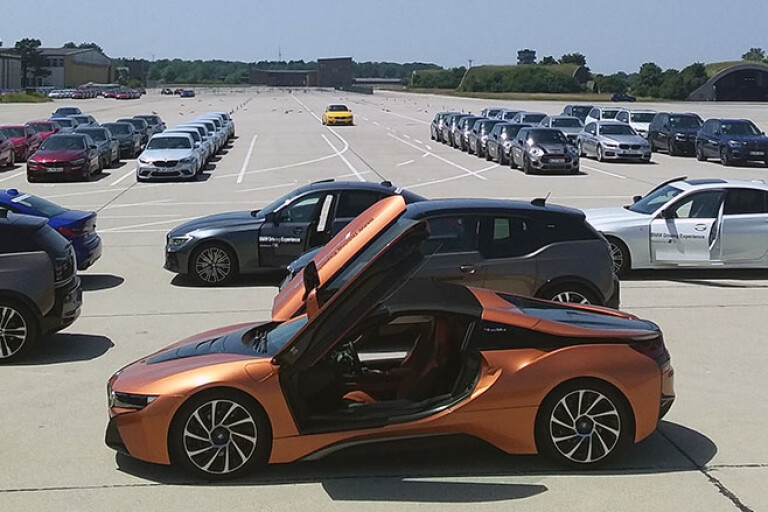
Driving position
Before we even hit the tarmac, each participant is put through a briefing to outline the key steps you should check before hitting the ignition, including your driving position. Posture is a frequently neglected and a vast majority of drivers could be positioning themselves more effectively.
Starting with the height, your seat should be adjusted so that you have at least a palm’s width between the roof and your head for optimum visibility without risking contacting the ceiling in a crash.
Then the distance from to the pedals needs to be adjusted so that your left leg isn’t fully extended straight when disengaging the clutch. This is vitally important so that you can apply maximum brake pressure with the right leg if needed. It also means you can’t lock your leg against the floor if a collision looks imminent, which will prevent more serious injury on impact.
The back of your thigh must also remain in contact with the seat when your feet are on the pedals. No clutch pedal? Avoid using the footrest and instead simulate an imaginary clutch pedal by extending your leg into the footwell.
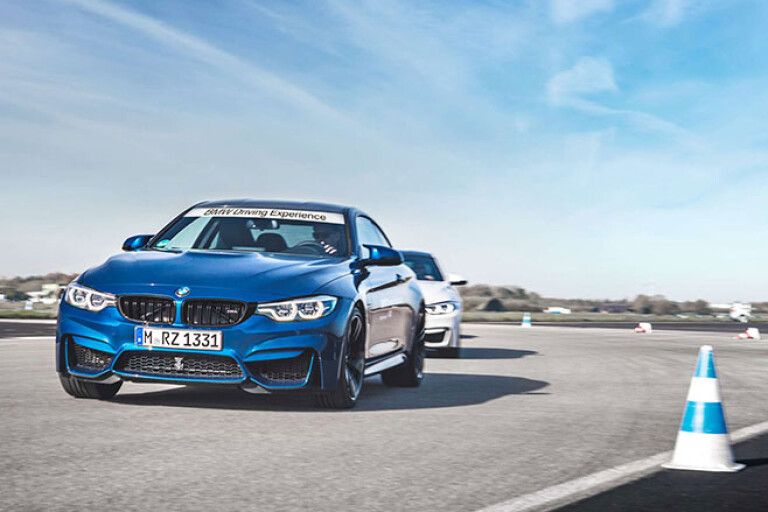
Seat base angle adjustment, where offered, can help keep your legs in contact with the seat and avoid ‘submarining’ where the occupant slides under the seatbelt in a frontal impact. Make sure this useful adjustment is made if your car has it.
Next, use the steering wheel adjustment and back-rest to position your torso the correct distance from the controls. In the right posture, you will be able to see all the instruments and your back will stay in contact with the seat even when the steering is turned to a steep angle.
You should be able to touch your wrist on the top centre of the wheel without leaning away from the seat back.
Finally, set the height of the headrest so that it will adequately support your head in a collision. Contrary to popular belief, it’s there for both front and rear impacts. In a significant frontal impact, the deployed airbag will push your head back at the seat with significant force, so make sure it’s adjusted correctly.
Now it’s time to go.
Exercise 1 – Wet braking
Many drivers have never experienced a full emergency stop under maximum braking force, but this first exercise allows participants to experience what it’s like when the antilock braking system (ABS) is in full effect.
A special sprinkler system keeps the asphalt consistently damp even in the unusually hot European sun and reduces the traction of the road surface so that when the brakes are applied hard at 30km/h the wheels will try to lock and skid, but ABS will intervene and prevent it.
When operating, the ABS produces a noticeable grinding sound which can be felt through the brake pedal but is completely normal. The sound is the pump and valves redirecting pressure to the wheels with the most grip, allowing the car to stop as rapidly as possible.
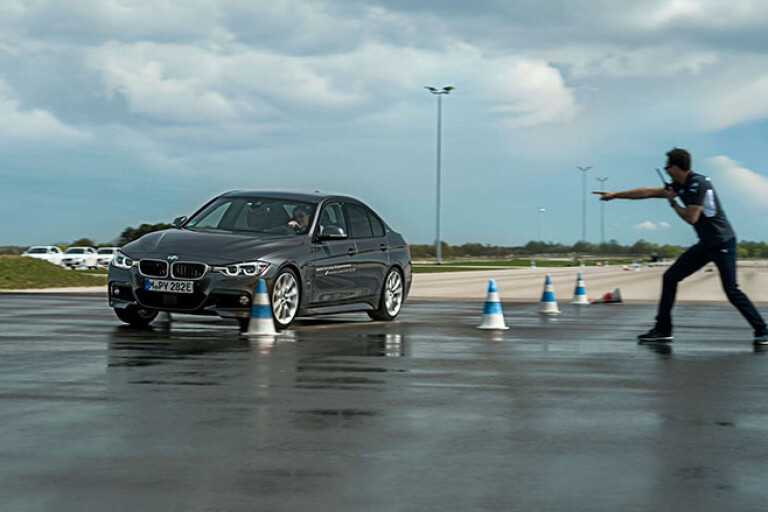
The result is the minimum stopping distance regardless of the conditions and driver ability. Some inexperienced - and even some vastly experienced - drivers may detect the strange sensation and reduce pressure on the brake pedal - but this is the wrong thing to do.
Maximum pressure is the key, and a familiarity with the ABS reaction will allow you to do the right thing in a real emergency situation.
Next, a turn is introduced while under braking to simulate avoiding a hazard in front of the car. This exercise demonstrates how ABS allows the car to continue steering even when braking as hard as it can, unlike a skidding car which will try to head straight on regardless of steering input.
The test also highlights how you might be tempted to look at the hazard while braking but this is not the best course of action. As our instructor tells us, “look where you want to go, not at what you want to hit”.
If you look at the obstruction, you are much more likely to hit it, but if you turn your vision to a safer course, you have a better chance of avoiding the hazard.
It’s during this apparently simple test that you can also see the clear correlation between speed and stopping distances. By doubling the speed from 30km/h to 60km/h, the BMW M4 required about five times the distance to come to a complete stop.
To summarise;
- Apply maximum brake pressure in an emergency
- Look where you want to go
- Steer away from the hazard
- Drive to the conditions and increase your stopping distance when it’s wet
Exercise 2 – Technical Motorkhana
In our next challenge, we went up against the clock in a tight and complicated course mapped out with cones to hone our car control skills.
The relatively low speeds of the exercise enable the limits of the BMW i3 electric hatchback to be found in a safe manner and experience what happens when a vehicle is pushed too hard but, more importantly, how it feels when you get it right.
Once again, the rule of looking where you want to go is paramount and, in almost all cases, cones were tumbled when the participant looked directly at them and not beyond them.
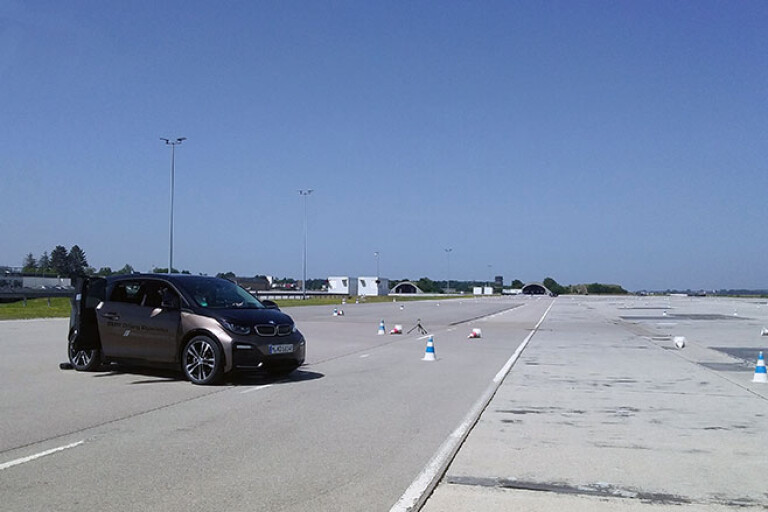
Entering a corner too fast caused the i3 with its efficient but skinny tyres to plough on ahead in ‘understeer’, but with firm but careful braking prior to the corner, it’s possible to sail through the bend with a quiet chirp from the tyres and gradual acceleration from the middle to the exit.
The course concludes through a slalom where the problem of over-correction and too much speed becomes apparent very quickly. The correct approach is constant speed, small and precise steering inputs and a rapid negotiation of the challenge while looking at the gap between the cones.
To sum up;
- Slow entry, fast exit
- Look where you want to go
- Gentle application of power
- Small but precise steering inputs
Exercise 3 – Paced circuit laps
After gaining confidence with the lower-speed activities, we boarded BMW’s i8 hybrid sportscar and headed out to the high-speed circuit to experience how a vehicle’s behaviour changes at speed.
Even though the i8 is a lightweight, high-performance car with a low centre of gravity and potent ability, the same rules apply to any car.
In fact, with higher velocities, even more care and precision are required. Corners approach faster than many drivers would be accustomed to, and the vehicle needs to be positioned correctly to avoid losing traction.
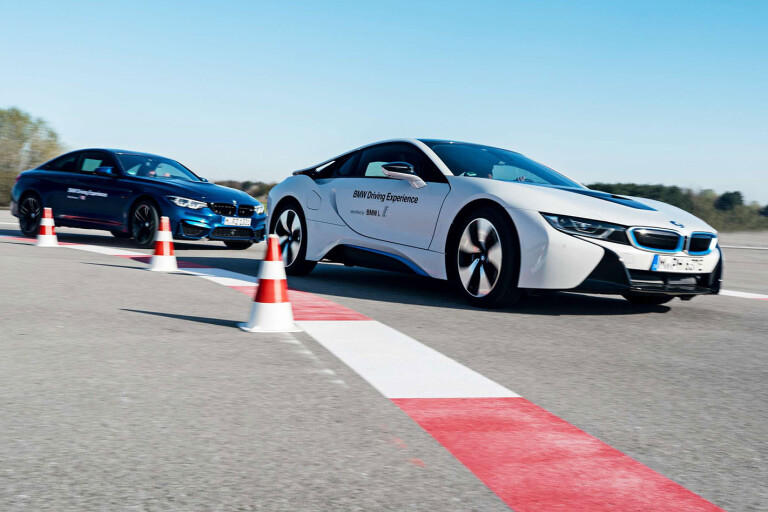
As with any car, the tyres will complain far more in the hands of a clumsy driver and are a warning that the limits of adhesion are close. With a smooth line, braking before the corner and more precise steering, however, the car can be guided through the corner with little tyre noise and more speed.
More aggressive steering, (and to an extent, braking and acceleration) will upset the vehicle and stability is affected exponentially at speed, so it’s vital to keep inputs deliberate and smooth.
A race track is wide and smooth to allow you to use all the space. At first, it can feel strange to start on the far left of the track, swing into the corner’s apex on the right before exiting to the far left again, but in doing so you will maintain a smooth line.
Unlike the slower exercises where the driver’s attention was closer to the vehicle, at high speeds it is essential to look up and into the distance. As the speed increases, objects and hazards aren’t distant for long and the key learning is to keep your vision high so you have time to react to anything that may happen ahead of your car.
This is a useful rule to apply on the freeway, as well, because it gives you extra time to react to hazards ahead.
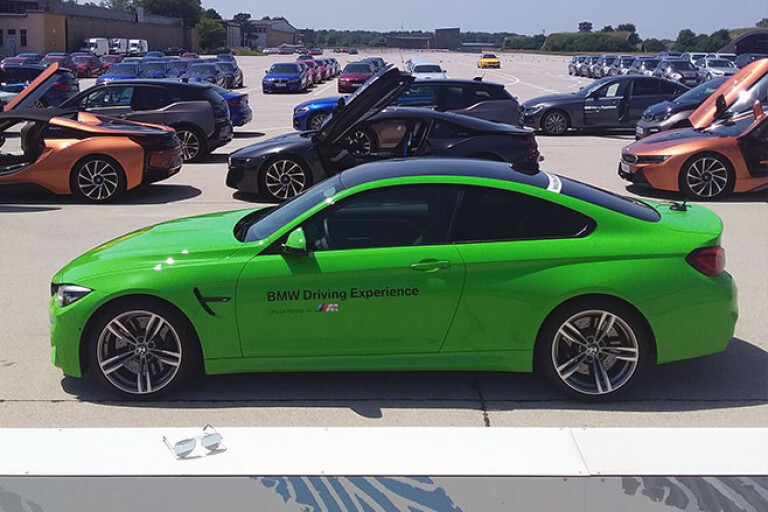
Unless you have spent time on a racing circuit, it is very unlikely you’ll have experienced the conditions that driving a sportscar can create close to the fringes of its ability, but what can initially be an intimidating prospect will become more familiar with practice.
Once again, this will prepare you better for if you are faced with an emergency situation in day-to-day driving.
To sum up;
- Keep your vision high
- Avoid aggressive steering
- Use all of the track to maintain a smooth course
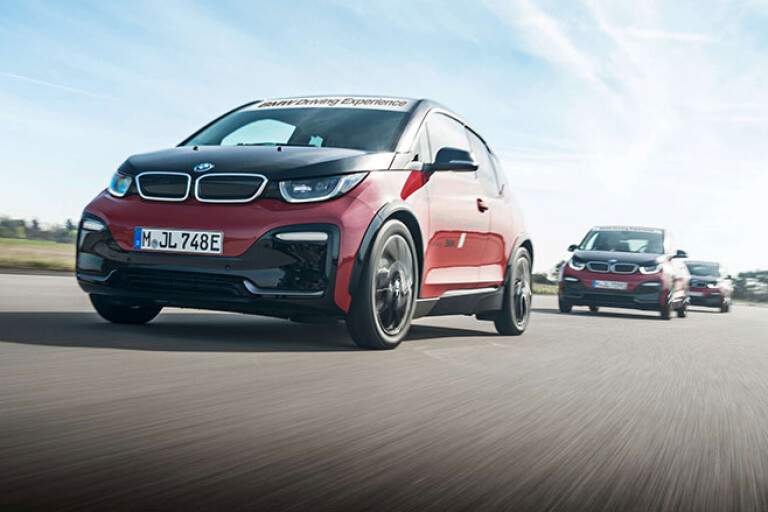
As with all the exercises, simulating potentially stressful situations but in a controlled and safe environment, allows drivers of all abilities to focus on pragmatic, defensive driving. And a greater understanding of how a vehicle reacts in emergency situations will make you a better and more responsible road user under all circumstances.
Don’t get complacent at the wheel. Book yourself an advanced driving course and become the best driving version of yourself you can be.
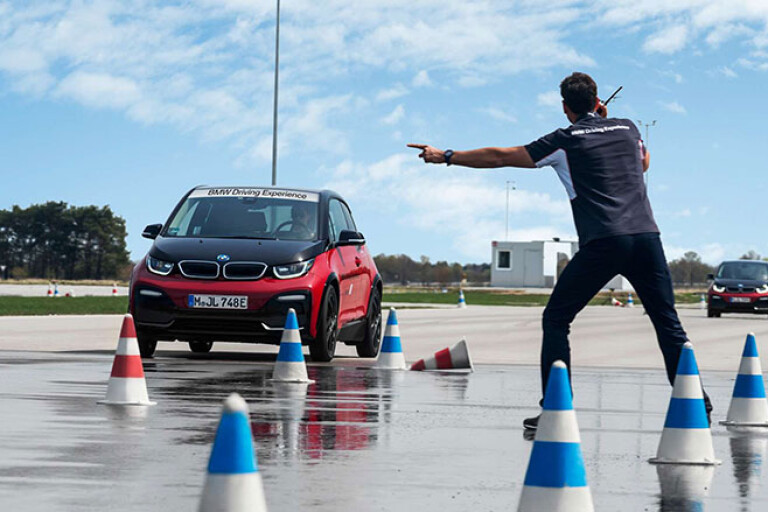


COMMENTS